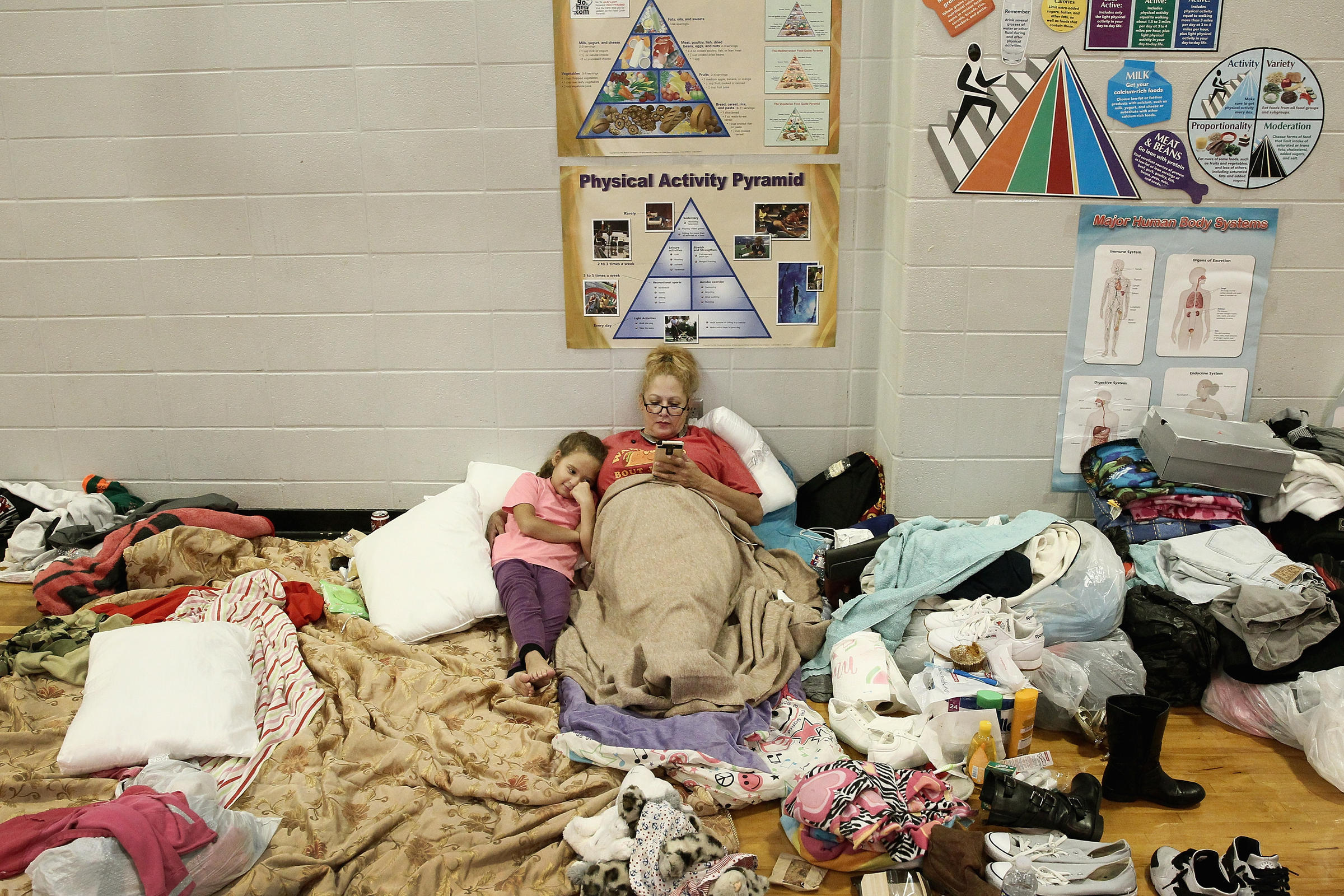01 September, 2017
A new report from the Climate Council released Thursday reveals the states and territories that serve as the driving force behind Australia's transition to affordable, efficient and clean storage technology and renewable energy.
Led by Queensland, the so-called Sunshine State, Australian homes and businesses have installed nearly 2.8 million small solar, wind, solar hot water or other renewable energy systems under the Small-scale Renewable Energy Scheme, the CER said.
The ACT was described as one of the frontrunners in the Australian renewable energy race, with 22 per cent of our electricity coming from renewable sources previous year.
The report titled "Renewables Ready: States Leading the Charge" has found that most of Australia's states and territories now have strong renewable energy targets.
"The ACT's reverse auctions have supported 600MW of wind power and 40MW of large-scale solar, with the projects supporting jobs and training opportunities across Canberra, Victoria and South Australia", the report states.
"The ACT's leadership on renewable energy shows the positive impact that one small territory can have in a few short years with political will and smart policy design", the council said.
In the absence of national energy and climate policy, all states and territories (except Western Australia) now have strong renewable energy targets and/or net zero emissions targets in place.
South Australia and NSW experienced the largest increase in use of renewable electricity.
"If Australia's clean energy future was the Melbourne Cup, the states and territories are racing ahead and surging towards the home stretch, while the Federal Government's still somehow stuck in the stalls, along with its climate and energy policy", Stock said.
Queensland, South Australia and Western Australia continue to lead in the proportion of homes with rooftop solar.
The objective of the scheme was demonstration of application of various renewable energy systems in a project mode with 100 per cent funding from the Ministry to create greater awareness of renewable sources of energy and to supplement the energy requirement.
"More than one in five Australian households now have solar panels installed on their roof, and that's the highest rate per capita in the world", said CER executive general manager Mark Williamson.






